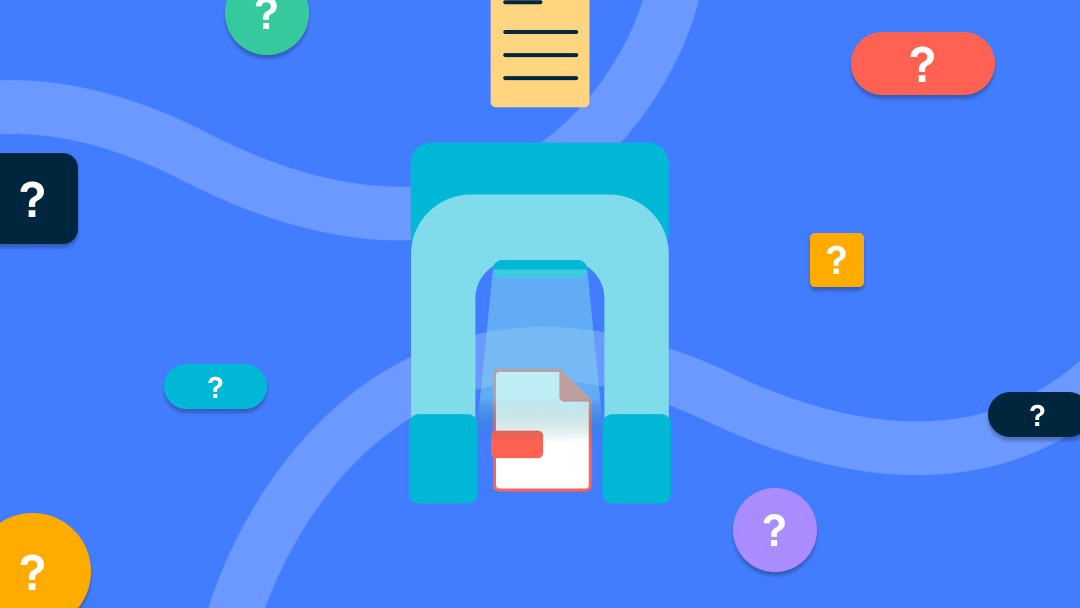We’re firmly entrenched in the digital age, and businesses are finding smart, effective ways to leverage technology. You hear a lot about digitization, digitalization, and digital transformation, but what do they mean, why are they relevant, and how do they build on one another?
Let’s break them down.
What is Digitization?
Digitization is converting non-digital or physical items into a digital entity so a computer system can utilize that information. It benefits organizations because crucial information can be accessed instantly and effortlessly. An example would be scanning a paper document and saving it as a digital record – like a PDF. The data and info on the document remain the same, only the accessibility and storage change.
What is Digitalization?
Digitalization is using digital data to improve business processes, making the data work for you. Digitalization is impossible without digitization. An example would be creating automated workflows or using cloud computing to store and distribute documents.
Digitalization is using digital data to simplify how you work. When data is instantly accessible and not trapped inside those rows of clunky, beige/gray file cabinets, you’ll be able to access more data to make better decisions that impact your organization and customers. Digitization cannot be used interchangeably with digitalization; though they often are, the words have different meanings.
Digitization can exist on its own. You can digitize any file or paper document.
Digitalization cannot exist without digitization. First, documents must be digitized to use and gain information from them.
What is Digital Transformation?
Digital transformation could be considered a lot of things, but in essence, it is change. Digital transformation is rethinking your business operations and customer experience. It’s a complete shift in how you operate. It’s change that happens over time rather than one single action.
We can break down digital transformation into three parts.
Process
The first piece of any transformation is process. How are you getting things done? Is it efficient, cost effective? These are questions you’ll be figuring out on your digital transformation journey. Digitizing and digitization help you improve your processes to make them faster, cost efficient, and meet your customer demands.
Technology
New technologies help you transform and become more adaptable, resilient, and significantly improve performance and presence. Yes, technology can do all these things, but it won’t be useful without integrating well into your optimized processes and without being utilized or understood by your employees.
People
People are the third element of digital transformation. This segment can be the biggest uphill battle because everyone has to be aligned with the changes – and honestly, some people just don’t like change. Your people are your number one asset; so without their understanding of why and how things are going to transform, the technology investments, and the time spent improving your processes will not matter.
This is why good change management is so important.
A perfect example of digital transformation is Netflix. It started as a mail-order service and disrupted the brick-and-mortar video rental business. Their digital innovations made wide-scale video streaming possible, and today, Netflix offers a growing library of on-demand content at ultra-competitive prices. Netflix saw a need and filled that gap through technology and altering how people received and viewed television content. Internally, it likely took process refinement, people training, and technology adoption to make it successful.
Now that you understand the differences between digitization, digitalization, and digital transformation, where does your organization fall? What progress have you made toward digital maturity?
If you’re interested in learning more about digitization, digitalization, or receiving consultation on making a larger transformation within your organization, we can help you take the first step. Learn more →


0 Comments